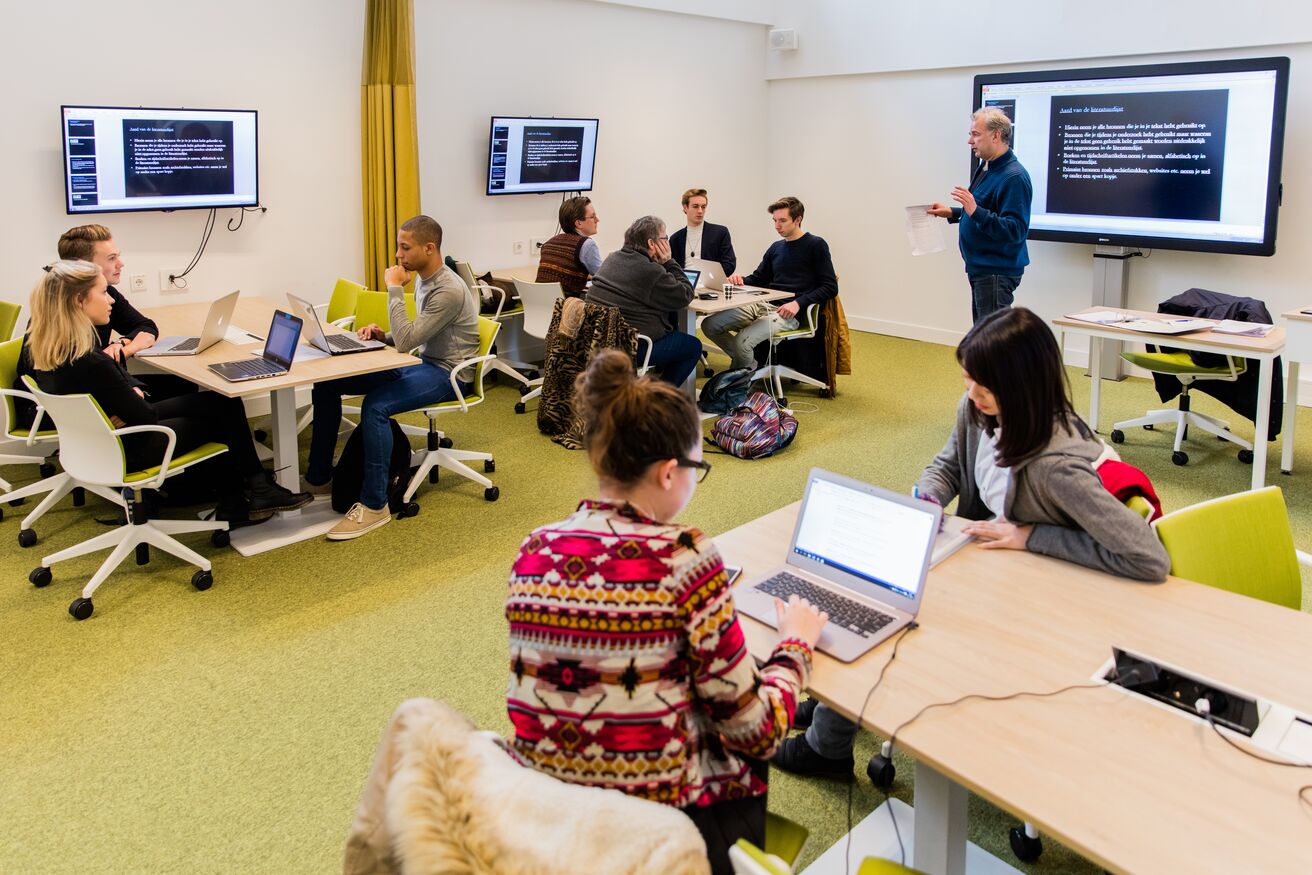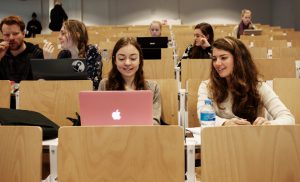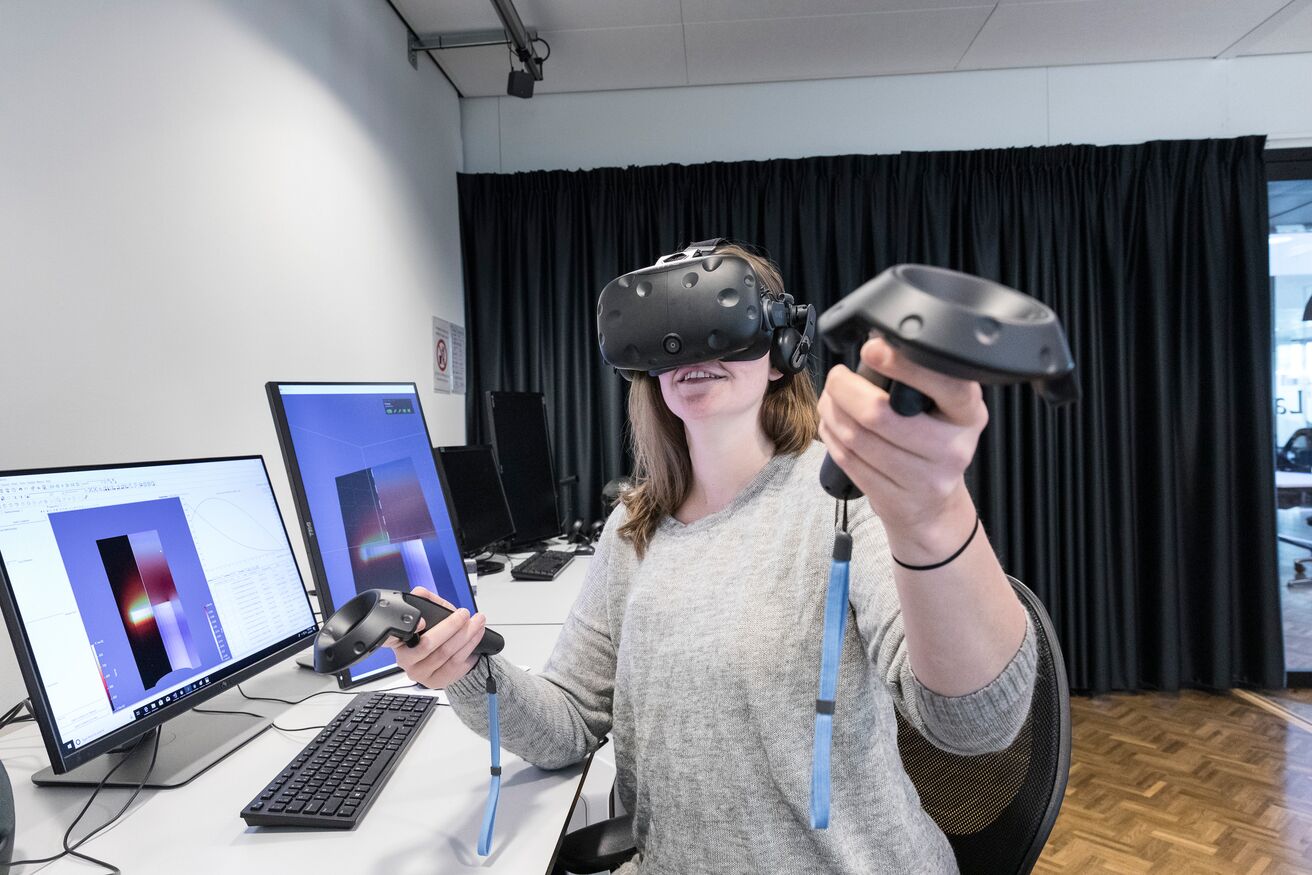
Teacher story: Sanjay Bisseur
Dr. Sanjay Bisseur
Assistant Professor Accounting
How and why we apply Bloom’s taxonomy in our MSc teaching programme.
Remembering and understanding scientific theories are both fundamental for engaging in higher-order thinking, where students use critical reasoning skills that lead them to apply, analyse and evaluate the learning materials.
A problem that we teachers sometimes run up against is that our students limit themselves to rote learning, without cultivating understanding. This mindless-memorising approach is especially rife in courses that make use of multiple-choice exams. Students memorise the correct answers, so that they will recognise them on the exam, without any true comprehension of the learning materials. If the subsequent exam question deviates from the student’s verbatim memorisation, they are in deep trouble. A consequence of this may be that question marks need to placed beside the supposedly achieved learning outcomes of a course, even when student success rates for the course are high.
Interactive question-and-answer sessions during lectures
In order to tackle the mindless-memorising issue, I have introduced question-and-answer sessions in my lectures, with the help of Shakespeak. During these, students vote online on multiple-choice questions. Real-time results show how well the group as a whole is able to answer questions.
A consequence of learning for multiple-choice exams without understanding is that question marks need to be placed beside the assumption that students have reached their learning outcomes.
The response data then allows me to further investigate how students arrived at their answer. I discuss all the possible MC answers with the students, so they understand why the correct answer is the only correct one, and how it is arrived at.
Visual Feedback on Student Answers
The Shakespeak response data – such as the percentage of students who answer a question correctly – has inspired me to set up a pilot project called “Visual Interactive Feedback Online”. For this, I have used the response data from the interactive feedback sessions. This bespoke visual feedback suits the information needs of my students. It comes in the form of knowledge clips, which are integrated into the digital learning environment, and which visualise how an answer is arrived at. The use of knowledge clips to illustrate the learning materials students find more difficult, together with a discussion of the reasoning behind the faulty answers, helps them to better comprehend materials.
“I really liked the videos, because it will let you know if you really understand the topics or have to study more.”(student).
I see this as a variation of the flip-the-classroom method: content is not provided in advance as preparation for the lecture; rather, it is provided after the lecture, on the basis of information from the “live” interaction during the lecture. The results suggest that this method yields better learning outcomes. This example is too small-scale to draw any major conclusions from, but initial results are positive. In the following editions of the course, I want to expand on this method and integrate it more with the rest of the course.









